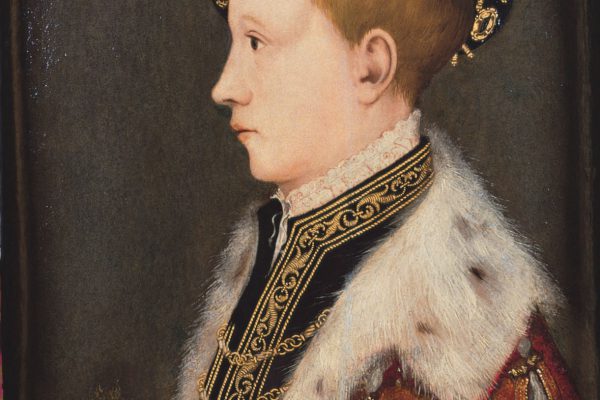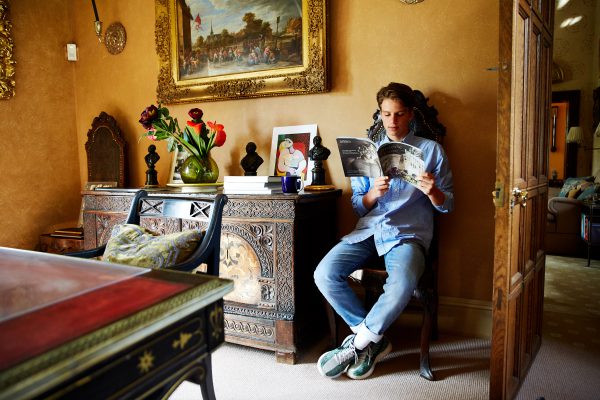At Home with Jonathan Ruffer of The Auckland Project
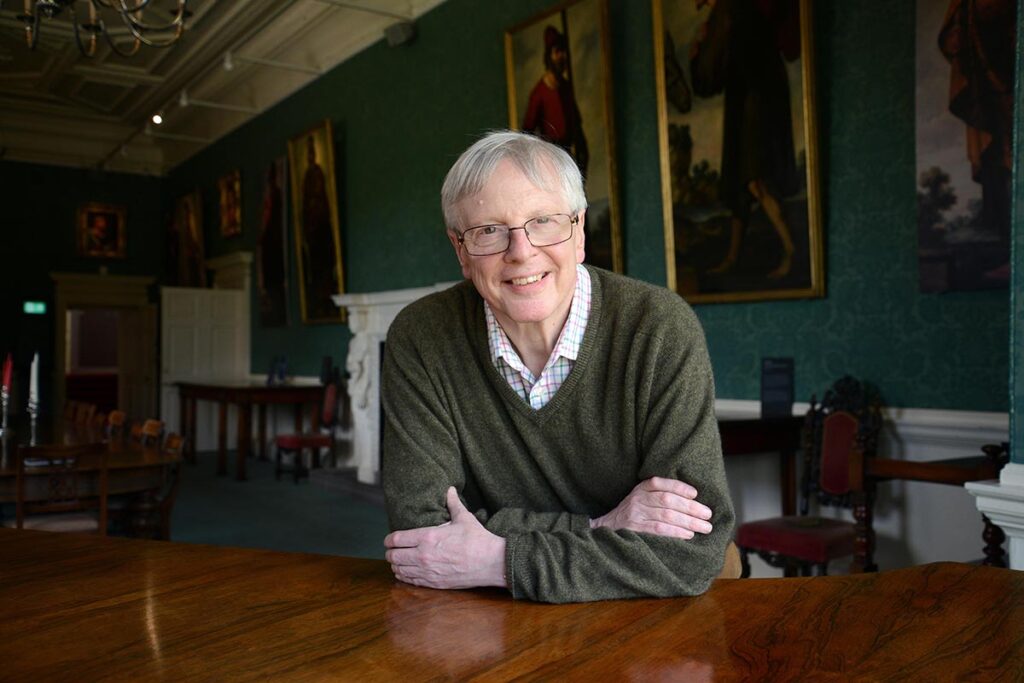
In 2012 the investor, art collector and philanthropist Jonathan Ruffer purchased a series of paintings by Spanish master Francisco de Zurbarán, along with the nine-hundred-year-old Auckland Castle, palace of the Prince-Bishops of Durham, where the pictures have been hung for more than two hundred and fifty years.
Jonathan founded and now chairs The Auckland Project, a charity caring for the art collection and its building; it aims to transform Auckland Castle into a visitor destination to revitalise the future of Bishop Auckland through employment, training and education opportunities.
He gave Historic House magazine an insight into the project.
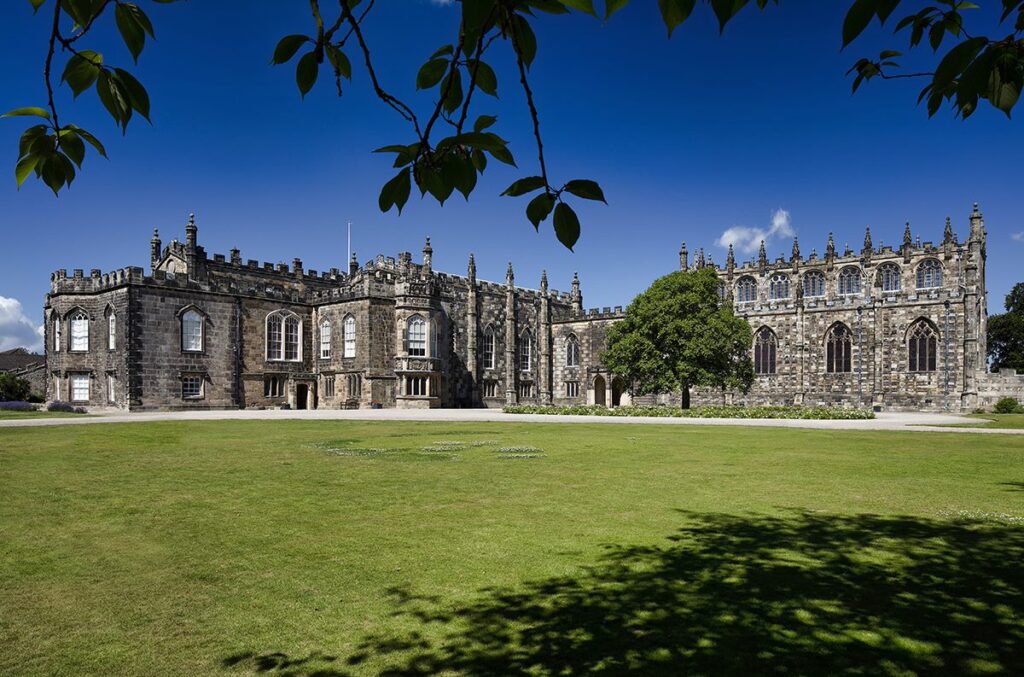
© The Auckland Project. Photo by Graeme Peacock
Auckland Castle is a hard place to read. The first glance is of James Wyatt – ‘that prince of sham and stucco’ – but there’s reality a-plenty, here, and the restorations we have put in place over seven years of ownership have revealed a great deal about the life of one of England’s great Bishop’s Palaces. Back in 2012, when we came, it smelt of rear-guard action – few building works since the 18th century, excepting the installation of a dumb-waiter in 1938, to be followed, in 1939, by a couple of telephones. One of the architects at the Purcell practice whispered to me that, considering its importance, almost nothing was known about the place. That has now, in large part, been resolved.
Auckland Castle during the English Civil War
The Castle’s most traumatic moment was the English Civil War. Ever the silver medallist, it was captured by the Parliamentarians in 1642 and humiliated – the Chillingham cattle eaten as a mark of disrespect to the King. Much of it was blown up and the detritus reconfigured as a gentleman’s house in the grounds for its new commander, Sir Arthur Hazlerigg. Regicides and gentlemen’s residences do not go well together; after the restoration, those mediaeval stones were reworked into Bishop Cosin’s private chapel, and what was left over became Castle Lodge, beside the gatehouse, where I am sitting today, writing this piece.
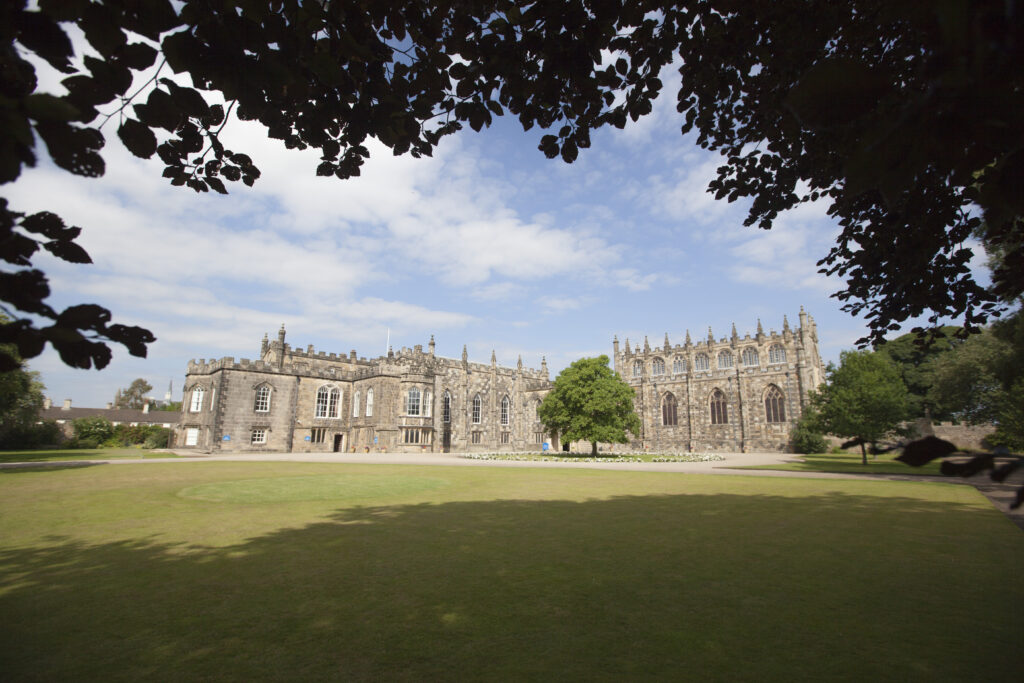
Extensive archaeological research has solved a number of the mysteries surrounding Auckland Castle. It was not a castle for chocolate soldiers – the south-west quadrant has revealed its secrets to the trowel and the gimlet-eye, showing well-fortified outside walls and betraying the exact places where the gunpowder was placed for detonation. We have found the western entrance and the bastions, which welcomed the great and, no doubt on occasion, the good. Most exciting of all, we have found the site of the double-storied chapel, which until now was merely rumoured to have existed; we can now see that Bishop Cosin, who converted the Dining Hall to the chapel, was recreating, as best he could, the destroyed 13th-century place of worship where he had officiated as a chaplain in his youth.
The theatre of Wyatt’s creation has its culmination in the Throne Room, now painted (as are the rest of the State Rooms) in Wyatt’s original colours. Having lived with this for a few months, I can say that they are curiously compelling; the hint of migraine is never far away but it works. High above the throne are the arms of the prince-bishops who lived there from the time of William the Conqueror, Extensive archaeological research has solved a number of the mysteries surrounding Auckland Castle. It was not a castle for chocolate soldiers – the south-west quadrant has revealed backed by a sword (to hammer the Scots), and a mitre (to kiss them better again).
They remind us that this region is a cradle of English Christianity. Indeed, the first missionary here, Germanus, invented a battle cry to hurl against the northern tribes – the triple hallelujah. In the first half of the 19th century, the prince-bishops were demoted to plain old bishop. The first of these, Dr Maltby, responded by commissioning a larger portrait than any of his predecessors’. We have hung him in the Throne Room – sic transit gloria mundi.
Auckland Castle today
Today, Auckland Castle is more in the mitre business than the battle cry. The Auckland Project, which owns it, is unequivocally there for the people of Bishop Auckland and the surrounding region. For centuries the relationship between the two was that the town served the castle. Now it’s the other way around. The heritage of one thousand years of Christian witness is there to bring good things inwards, and to do this by looking outwards to welcome new faces as visitors. We are perhaps halfway through the programme to create a new visitor destination centred on the castle. We have already opened a Mining Art Gallery, and Auckland Tower with a viewing station from which the surrounding countryside, dense with history, can be put into context.
We have made a tentative opening of the Bishop Trevor Gallery within the castle with two exhibitions – the first, on Gainsborough and Stubbs, and, in October, the arrival of the National Gallery’s Masterpiece Tour with its stupendous ‘Triumph of Pan’ by Poussin. The castle will be fully open later this year, and the walled garden, dating from 1680, will be planted up this year, too. There will be five more gardens within the curtilage – as well as the deer park – by the time we are complete. The opening of a Spanish gallery will complement the set of Zurbaráns which have been in the castle since 1756. They have been on tour while the castle has been restored, visiting Dallas, the Frick in New York, and Jerusalem. The exhibition was viewed by almost four-hundred thousand people: ‘Jacob and the Patriarchs’ as superstars.
Kynren, the night-show spectacular
Perhaps the real superstar of Auckland is our show: Kynren, a night-show spectacular, set in a staged area of seven-and-a-half acres, and with a cast of over a thousand local people and forty horses. The welcome, the technical expertise and the animal training are all sourced locally. Now in its fourth year, it has been seen by a quarter of a million people and was in the top five of TripAdvisor’s things to do in England last year.
Historic Houses members enjoy free entry to all The Auckland Project’s venues, which include the Mining Art Gallery, Auckland Tower and Bishop Trevor Gallery, each open Wednesday to Sunday, 10am to 4pm.
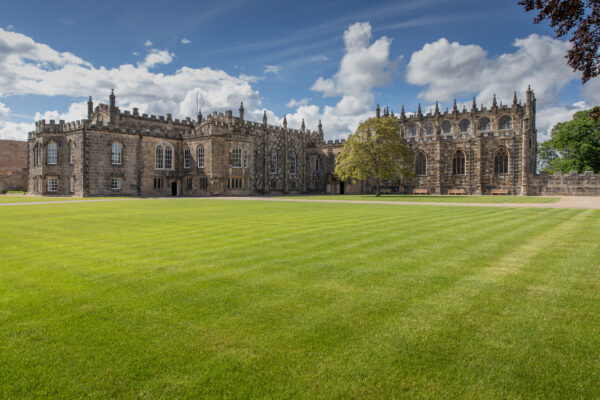
Auckland Palace and Gardens
Market Place, Bishop Auckland, Co Durham, DL14 7NR

